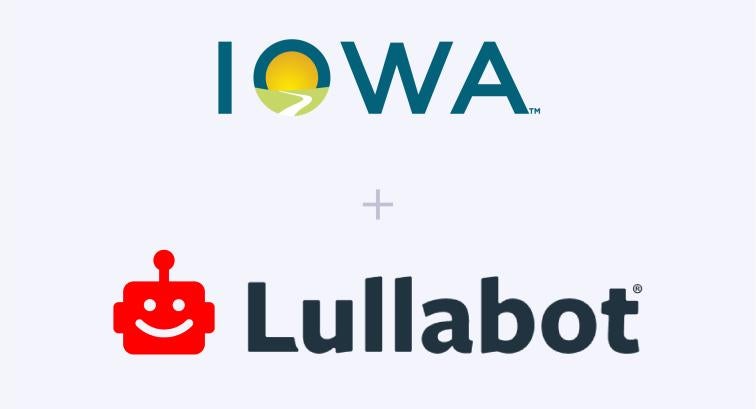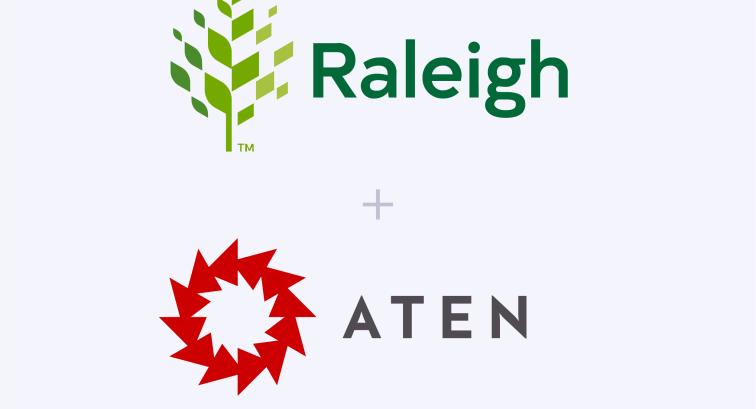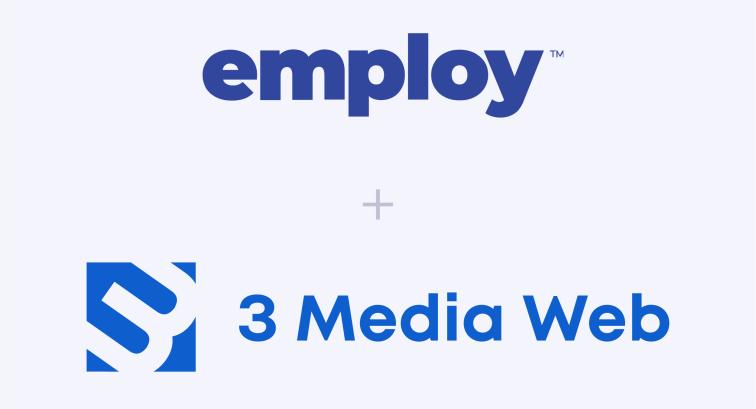Exploratorium Migrates 30 Years of Educational Content to Drupal 10
Image
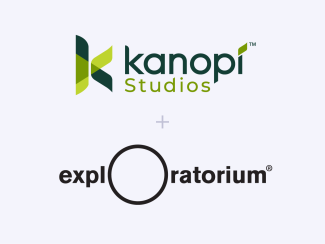
The Exploratorium is an immersive science, technology and art museum in San Francisco, CA. Its website, exploratorium.edu, dates back to the dawn of the internet. Registered in 1992 and launched in 1993, this domain was one of the first sites on the internet, years before Google and Wikipedia made an entrance.
Over the years, different content editors, developers, and even scientists working at the museum were adding to the site. About 9,000 pages spread between Drupal 7, static websites and even some lingering Flash elements were in desperate need of an upgrade.
The Exploratorium had 30 years of content to organize and archive, but that was only the beginning. With 13 million site visitors annually, this was also a huge opportunity to provide a new and unparalleled site experience for STEM lovers of all ages — one that would ideally translate into in-person visits.
For the Drupal migration and the site redesign, the team hired web agency Kanopi Studios, Pantheon’s strategic partner. The project took two years and was carried out in three phases.
Image
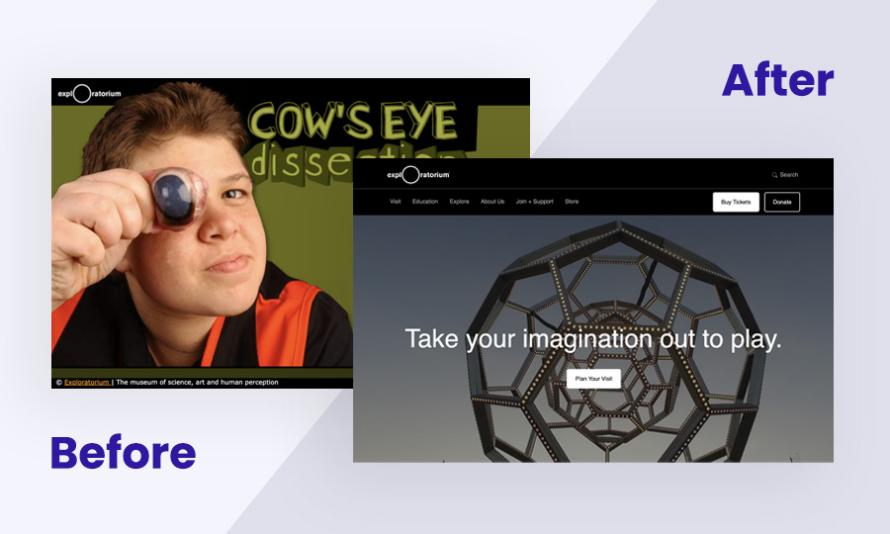
The results were worth waiting for. The improved content workflow enables the editorial to update the website with ease, and empowers visitors to book events without getting lost. The site now has 11 languages. In one year, the traffic has doubled from half a million site users to more than a million. Read on to learn more about the challenges and solutions the Exploratorium team tackled with Kanopi and Pantheon throughout the migration.
Phase One, Discovery: Content Audit
The Kanopi team began their work in the middle of the pandemic. “You can imagine the impact Covid had on museum attendance, so the emphasis on providing an engaging digital experience was huge,” said Jim Birch, Drupal Engineering Manager at Kanopi. “We had to do some digital archeology to see what had been buried on the website. Despite being one museum, the Exploratorium has a few mini-organizations and they all have a stake in the content. We interviewed many technical stakeholders and created many, many spreadsheets. We had our challenges, but working as a group against strict deadlines, we broke through analysis-paralysis.”
A lot of the Exploratorium content was a time capsule of the STEM education evolution. The museum used Annex, a cloud platform to store pages for historical records. If you’d like to know how to dissect a cow’s eye or why fruit flies are useful, annex.exploratorium.edu is the place to explore. The nonprofit’s web archives are phenomenal, and deciding which content deserves to remain on the main web property has not been an easy feat.
George Perry, Exploratorium’s Manager for Online Media described what guided his team’s decision-making: “In the 90s, our web purpose was just to get our billboard out there. In the 2000s, we had to put up every detail of our institution on the web. In the 2010s, our website got a job to do and answer what’s happening at the Exploratorium today. There’s been confusion about the events.”
Phase Two, Collaboration: Events Overhaul
The Exploratorium had 41 different event types at the time of the audit. From exhibits and exhibitions to galleries and field trips, each event type had its own content type in the CMS. Most content types came with their sets of editing roles and permissions — 33 in total. This created a bottleneck for content editors: who decides between an exhibit and an exhibition and who has the right to post the announcement on the website?
Kanopi consolidated the event types into one content type called experiences. User roles were cut down to 11.
While the agency worked on the site structure, Exploratorium’s design team started working on the components. Once the Storybook components were complete, Kanopi connected them to Drupal Paragraphs so they could reuse them in other site sections.
It was an unwieldy sprawl and we knew how far that rat hole went. Kanopi helped us to see that the complexity was not sustainable. Every time you add a new variant, you are in the matrix."
-George Perry, Exploratorium’s Manager for Online Media
Phase Three, Partnership: Using Pantheon Tools
When Kanopi was hired for the migration from Drupal 7 to modern Drupal, as well as the global redesign, the Exploratorium had already been on Pantheon. The agency and nonprofit’s familiarity with the WebOps platform and its modern developer tools and workflows made collaboration easier.
Pantheon’s Advanced Global CDN played a critical role in launching parts of the website before the main project went live. With the 2023 annular solar eclipse fast approaching, Exploratorium was able to cut over the eclipse microsite and deliver an unforgettable experience. Switching over this section of the website ahead of the rest helped the Exploratorium make good on some of its grant funding. It also derisked the cutover of future paths and pages.
We were obliged to provide the website in Spanish and English to the Eclipse project's funder, NASA, on schedule. Pantheon’s AGCDN was a lifesaver in helping us meet that deadline.”
-George Perry, Exploratorium’s Manager for Online Media
Another Pantheon contribution that saved time and made cross-organizational collaboration seamless was the Multidev environments. The stakeholders were able to preview the proof of concept - whether it was new content permissions or paragraph layouts.
As a result, an estimated 20,000 entities and 20,000 media items made it over to the Drupal 9 website first and eventually to Drupal 10. No SEO value was lost in the process, and the website’s performance now satisfies the pickiest STEM lover looking for an unforgettable science experience.
“Things worked out pretty well. We didn’t see a drop-off in traffic or search rank. We added content governance tools to streamline editing and production. Our editorial, ScienceNext and our Tinkerers editors can now go into Drupal and do things on their own without confusion. They are all having a ball!” said Perry.
Watch the full webinar and learn more about the complexities of a large web migration to modern Drupal. Drupal 7 will reach its end of life on Jan. 5, 2025. Please reach out to Pantheon for guided help.
More Case Studies
Helpful resources to help your team succeed
The State of Iowa Modernizes its 70+ Websites, Improves Accessibility
Government services consolidate on Drupal with Pantheon and Lullabot to improve website quality, accessibility and readability.
Driving Smart City Growth: Raleigh’s Digital Transformation with Drupal-Powered Services
How Raleigh partnered with Aten and Pantheon to deliver award-winning, accessible site design and increase citizen engagement.
Talent Acquisition Software Leader Consolidates Multiple Brands on Single WebOps Platform
Discover how Employ’s acquisitions of major recruitment tech brands leveraged Pantheon and 3 Media Web for enhanced performance and growth.
